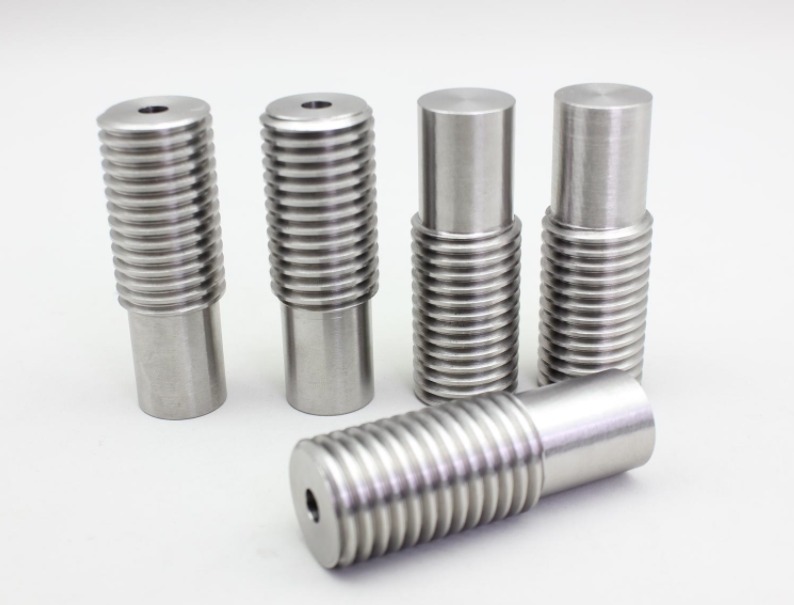With the change in industrial technologies, machine heavy tungsten alloy is still the material of choice for those parts that need both bulk and strength. Its high melting point and low plasticity make it an able performer during stress that is extreme and yet it remains precise in its dimensions. This is why engineers use it for making vibration absorbers, aircraft components, and kinetic energy penetrators. The coexistence of hardness and ductility guarantees a long operational lifetime, thus, making machine heavy tungsten alloy a necessary input in high-performance engineering applications.

The use of machine heavy tungsten alloy covers industries that require high strength-to-weight ratios and structural integrity. In aerospace engineering, it is found in counterweights for aircraft, balancing rotors, and control surfaces, where tolerance is important. The defense industry employs machine heavy tungsten alloy in armor-piercing projectiles and for kinetic energy components, due to its high mass density and ability to withstand impact. Additionally, it serves oil drilling and heavy machinery applications for precision machining and stability under extreme vibration.

The increasing global focus on clean energy and smart materials will provide direction for future machine heavy tungsten alloy. It will be integrated into wind turbine systems, advanced weapons stabilization, and sustainable transportation methods. Designing hybrid alloys will improve performance and capability while incorporating environmental performance.

Good maintenance of machine heavy tungsten alloy ensures durable performance in extreme conditions. Periodically inspect mechanical joint and contact areas to detect early wear. In instances when oxidation has formed, buff the appearace with a mild abrasive pad. You can expect the oxidation to lose its unwanted appearance, but the performance of the machine heavy tungsten alloy will not be adversely affected.
machine heavy tungsten alloy provides solutions for the exact structural requirements, even under high restraint. Uses include aerospace tools, components in defense, and industrial developments in high speed machines. Its fatigue resistance also provides an extended operational span.
Q: How is Tungsten heavy alloy used in oil and gas exploration? A: It serves as a key material for counterweights, drilling tools, and downhole equipment due to its density and wear resistance. Q: What maintenance practices help preserve Tungsten heavy alloy components? A: Regular cleaning, controlled storage, and protection from moisture help prevent oxidation and extend service life. Q: Why does Tungsten heavy alloy perform well in vibration control? A: Its density and internal damping capacity reduce oscillations in precision machinery and aerospace systems. Q: What machining techniques are best for Tungsten heavy alloy? A: CNC milling, grinding, and electrical discharge machining are commonly used for shaping Tungsten heavy alloy with precision. Q: How does Tungsten heavy alloy support environmental sustainability? A: It replaces toxic lead in many applications while offering durability and recyclability for eco-friendly production cycles.
The tungsten jig performs great in both saltwater and freshwater; it doesn’t rust or wear out easily.
The Tungsten heavy alloy has impressive density and strength — it’s perfect for high-performance machinery.
To protect the privacy of our buyers, only public service email domains like Gmail, Yahoo, and MSN will be displayed. Additionally, only a limited portion of the inquiry content will be shown.
Our aerospace division is sourcing tungsten heavy alloy counterweights. Please confirm density, tole...
Do you provide OEM service for tungsten jig? We’d like to customize colors and hook types for our ...

Copyright © Zhuzhou Jiuding Metal Technology Co., Ltd. All Rights Reserved